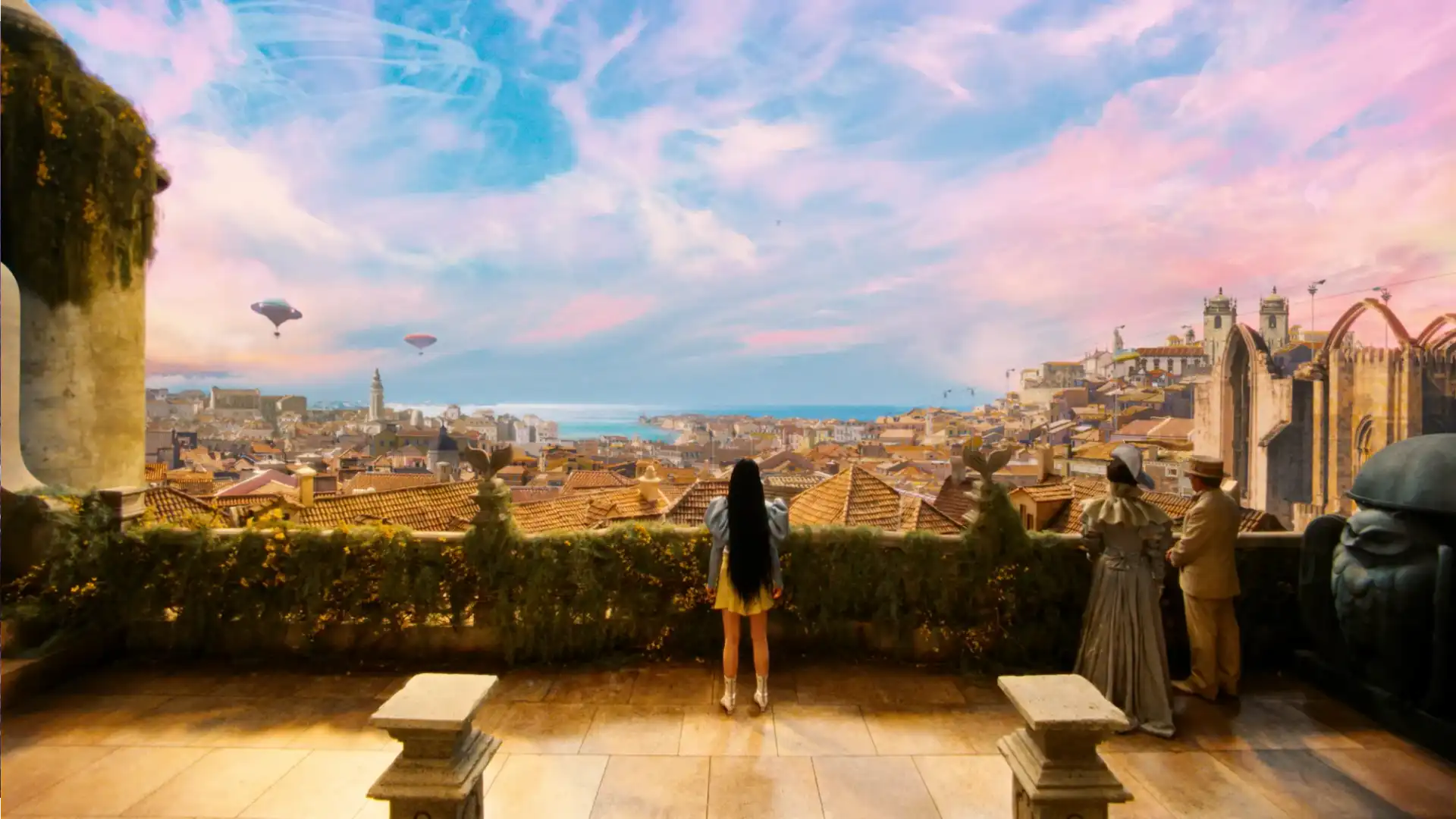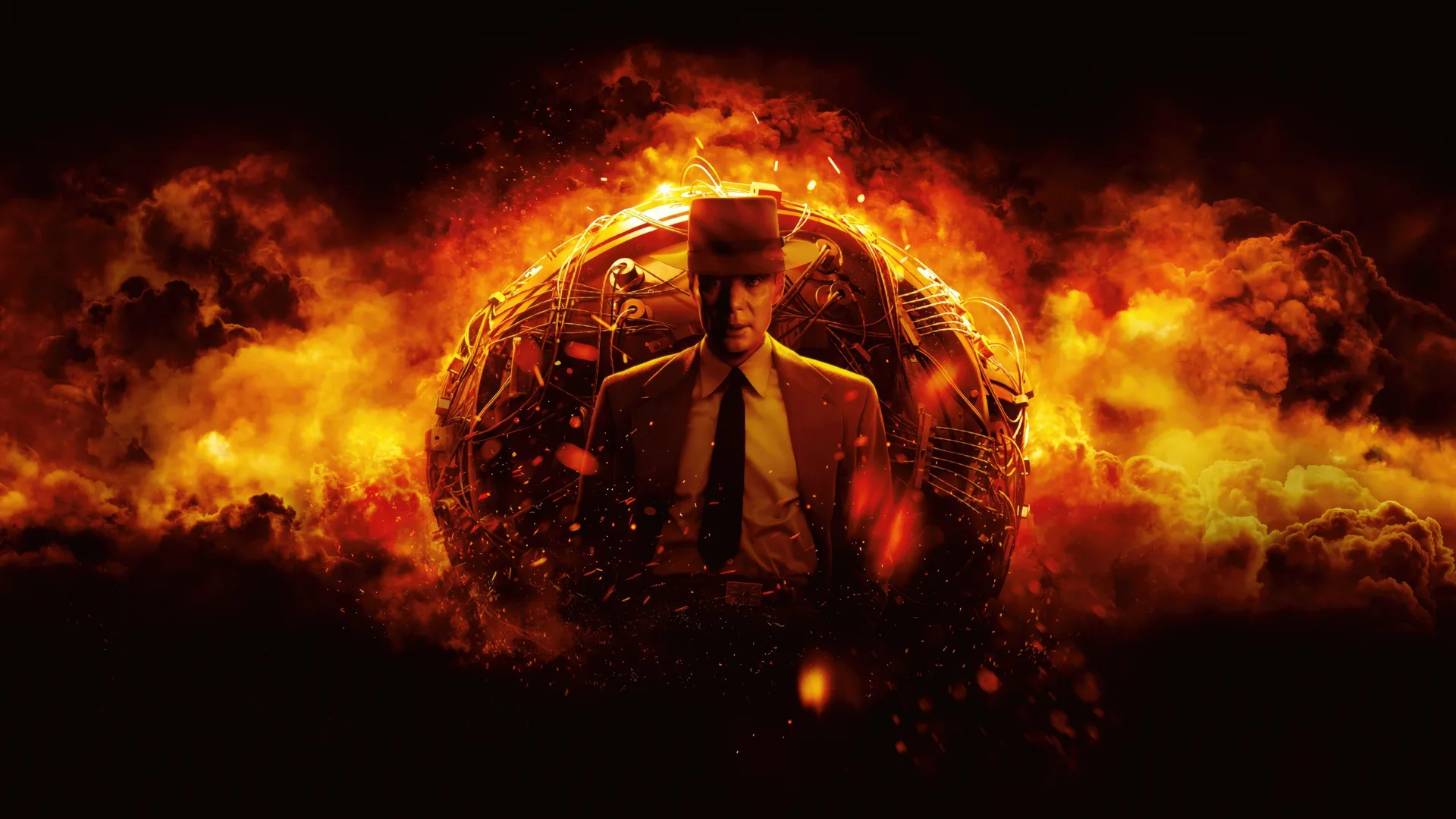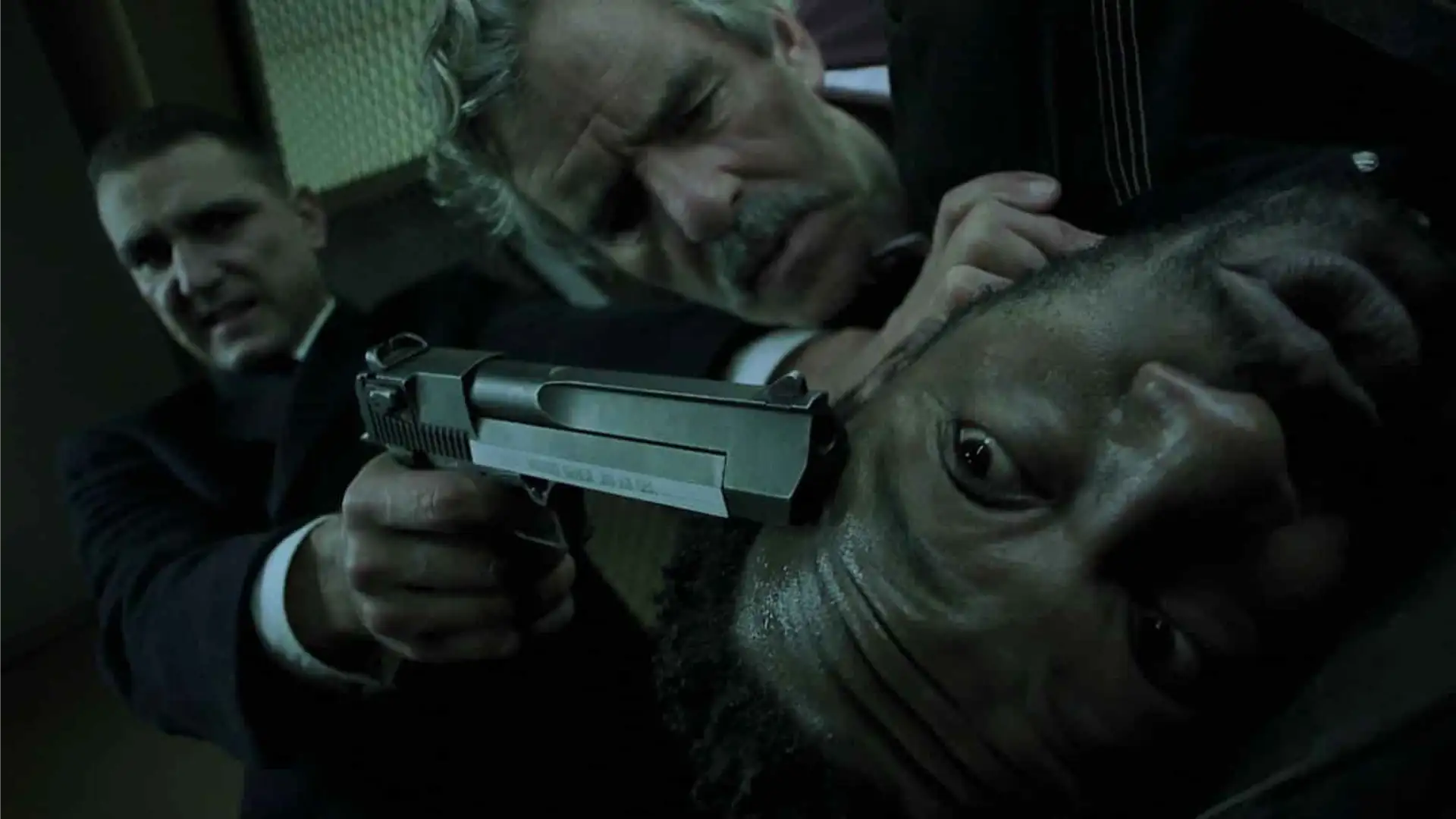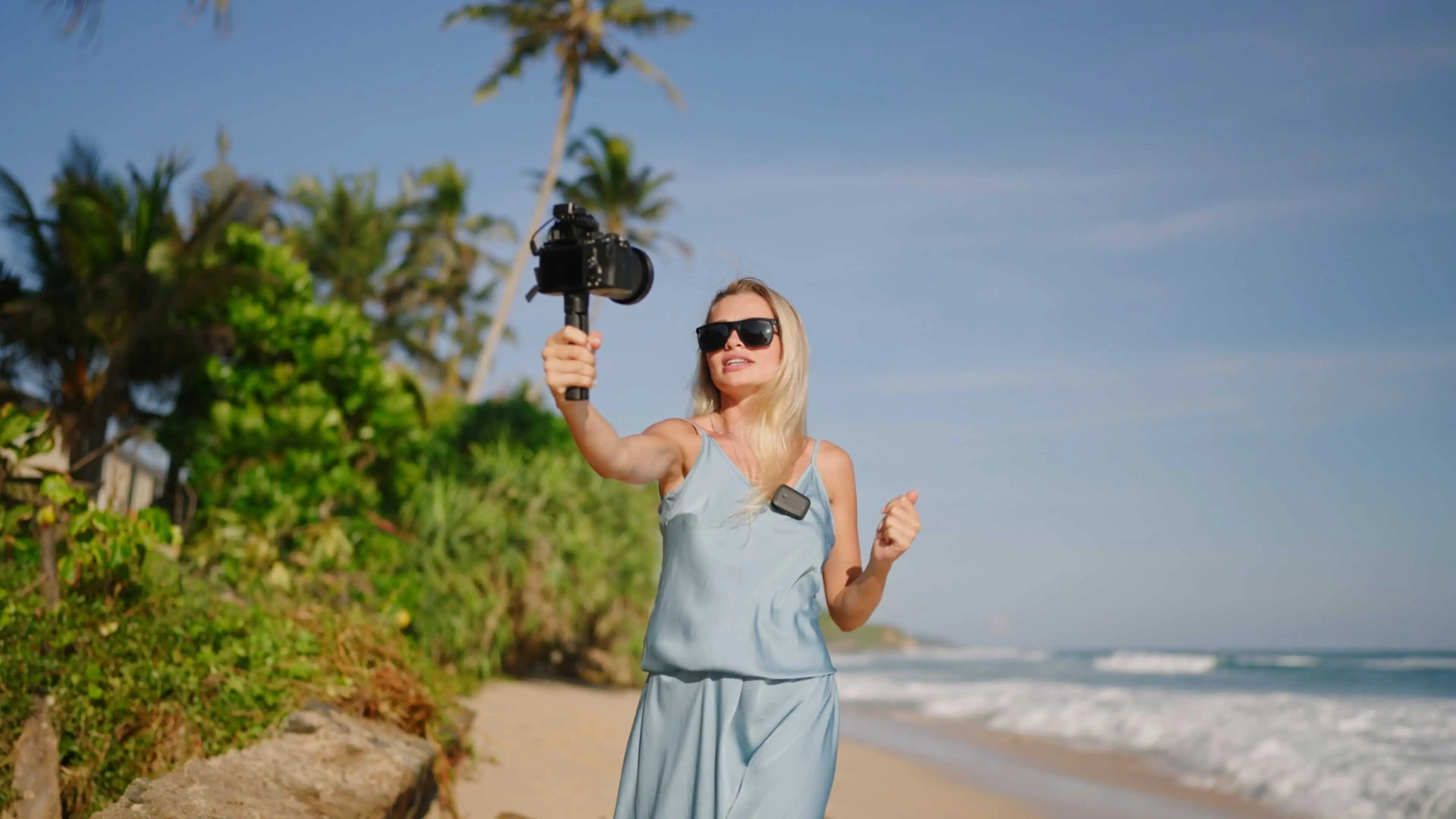The screen is the same size for every story. A shot of a teacup is the same size as an army coming over the hill. It’s all storytelling.
–Christopher Nolan
If you’re one of those storytellers who want to make their first film, today’s blog is designed to help you go through the process and make a short film out of your interesting story. The below steps are the most important ones you should follow to do your first film project as attractive as your story.
Writing Your Script
The very first step of creating any film is to write the script to create the way your story will be told with. This is also where you can change some elements of your story to fit it for the visual media. For example, you might have written a short story that has a linear storyline but decides to tell it in a non-linear order in your film. So at this stage, you turn your story into a number of scenes and dialogues that can create the story in the viewer’s mind. Something that differs from a written story to a visual one is the way that you advance the story. In a written short story, you tell the story through the dialogues of the characters or what’s happening in their mind in responding to the things happening around them. But in a film, you tell most of the story by showing things. You don’t tell what’s happening inside the mind of the character in a few lines but instead, show it by the feeling and gestures he has. This is where you should know the association that each gesture and movement creates for the audience. So in a nutshell, you should be a good visual storyteller in your film. This leads you to the next step which is visualizing the scenes.
Creating a Storyboard or Shot list
A storyboard is somehow a drawing version of your script. You draw every scene to get it understandable for the cameraman -even if it’s you- to know what needs to be taken in each shot.
There are two key points that make you do this part better, firstly, be a visual thinker. Picture every scene in your mind with the most amount of details possible. Here you should kinda live inside the story in your mind by imagining every single part of it. This helps you to get the next point which is to write a lot of details about the scene in the script. From location to the lighting and the position of the characters and even the mood of it. This information helps you a lot during the shooting process to get your film as close as possible to what you’ve expected.
As drawing is not what everyone can do practically, there is an alternative that is not considered professional but it gets the job done if there’s no storyboard. The trick is to create a shot list by writing every detail about each shot and write what needs to be taken instead of sketching it.
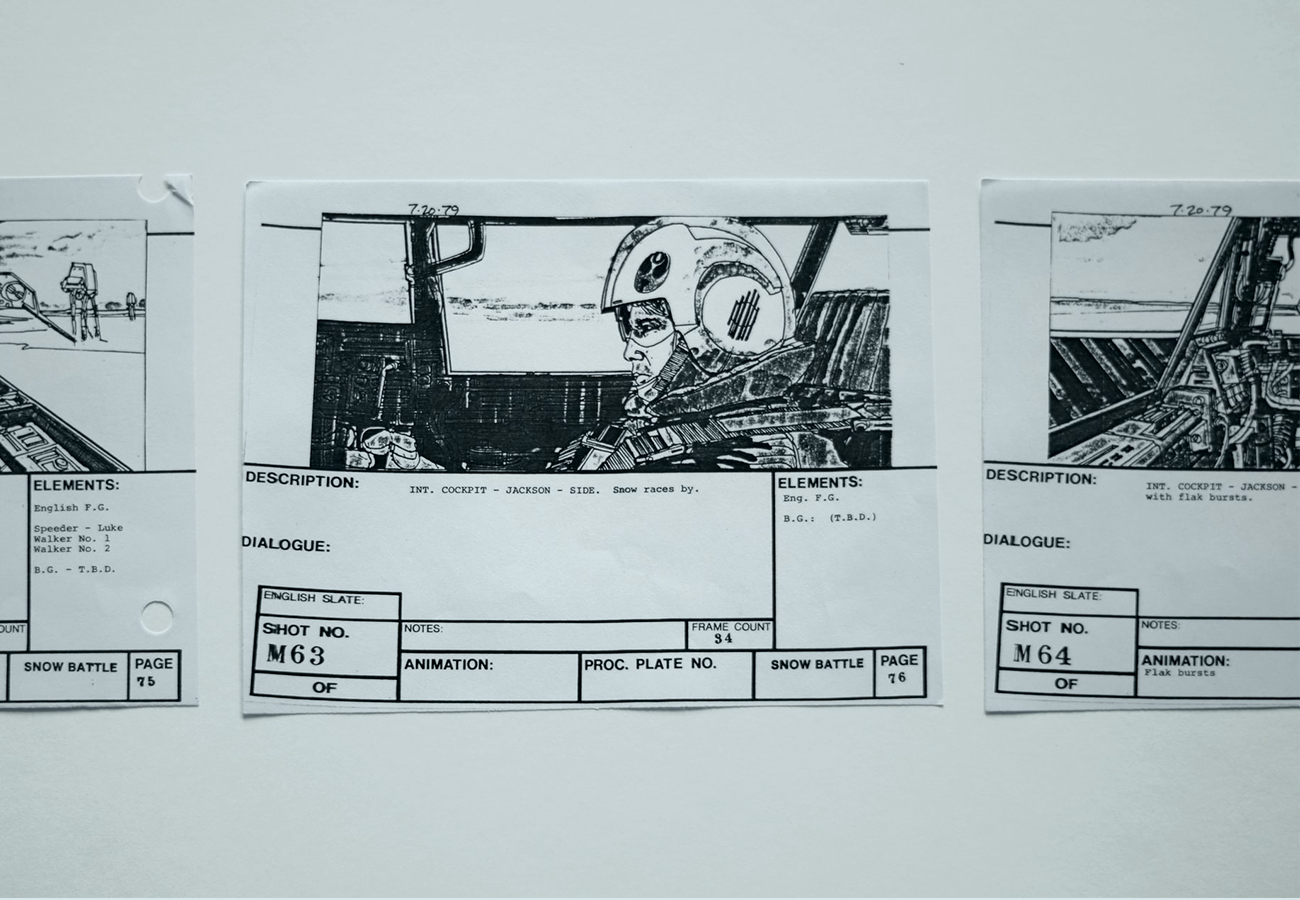
Casting The Film
This seems like a simple step but often times it’s not, so you gotta do the audition very carefully to choose the best ones. Try to give some lines of the story to the actors and test them on the main script. Ask them questions about the character to see what they’ve understood about the role and the story. And lastly, don’t spend so much on actors but try to find the best ones possible.
Shooting The Film
This is the step in which you’re gonna use everything you have to get exactly the shots you were planing for and get the most out of your camera to serve your storytelling. This step is so crucial that many short films that get the award in festivals like 100 seconds short film festivals, mostly rely on their form of filming to show an attractive story in a very short time.
So when I say use everything, what you should consider is the location, lighting, camera, and techniques that make your film look professional. If you’re working with a cameraman it’s so important to direct the filming aligned with the demands of the story so in order to give the cameraman a clear clue of what you need, the storyboard helps you a lot.
Always consider the equipment you’re using and align it with the needs of your film. You don’t have to use an expensive, super professional camera in order to make a good film, but some technical aspects of pro cameras like depth of field give possibilities that a mobile camera doesn’t. BUT if you’re a good storyteller and do all the previous steps carefully, you can even make a good short film out of your phone camera, by learning how to set professional lighting and do fine color grading, you can excel your footage to get close to the ideal one.
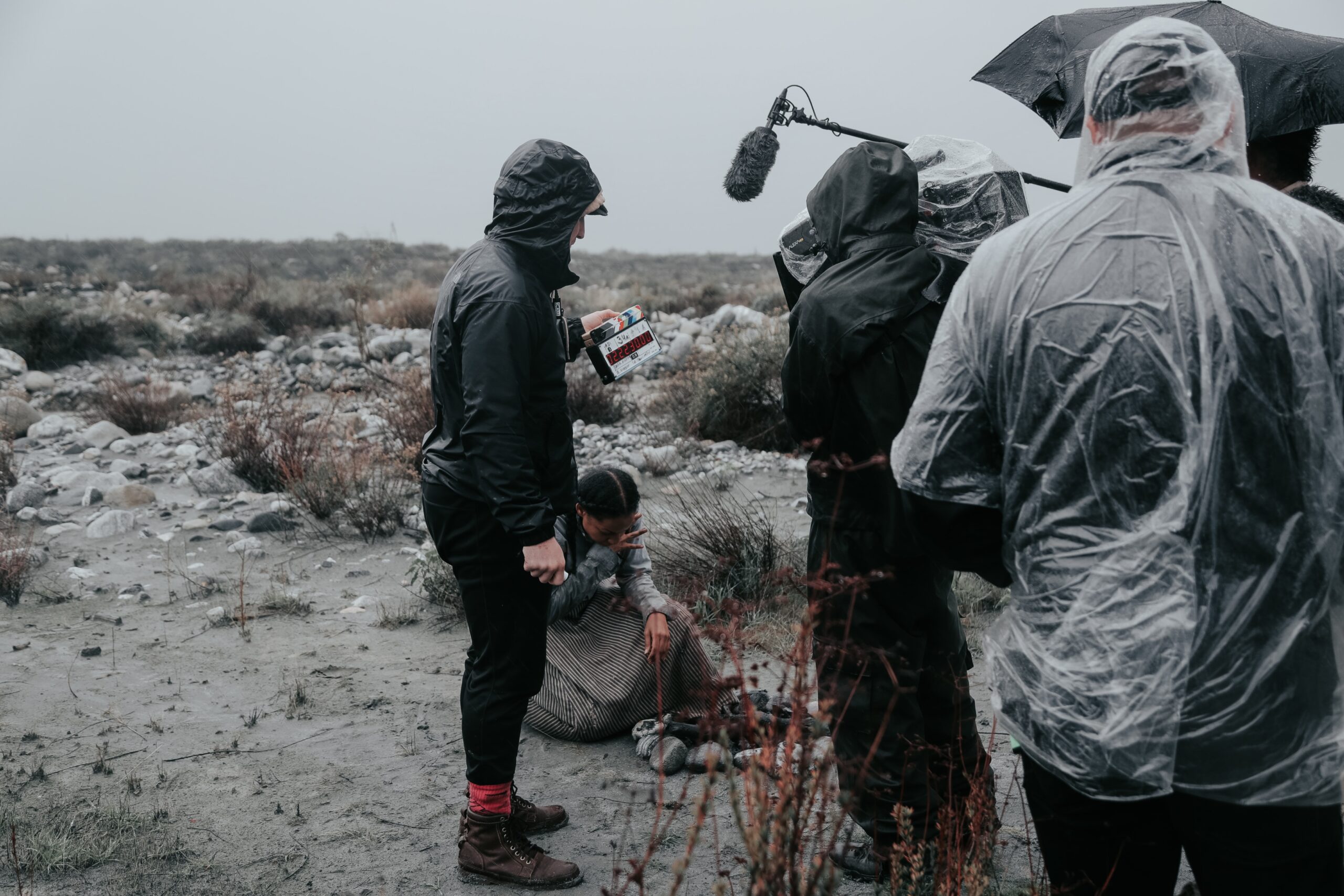
Post-Production
Editing is where you have the storyboard in one hand and the shots in another, to stick all the pieces together and create the final product. At this stage, you can somehow fix some of the mistakes you’ve made during the previous steps. Mistakes like inappropriate lighting, bad framing, and so on. Some creators believe that if you’re a good editor, you can almost recreate a film in post-production. It’s mostly in editing that you create a special mood for your film using color grading and sound design. It’s in editing that you can cut the mistakes of the actors and leave the best parts to form a watchable film.
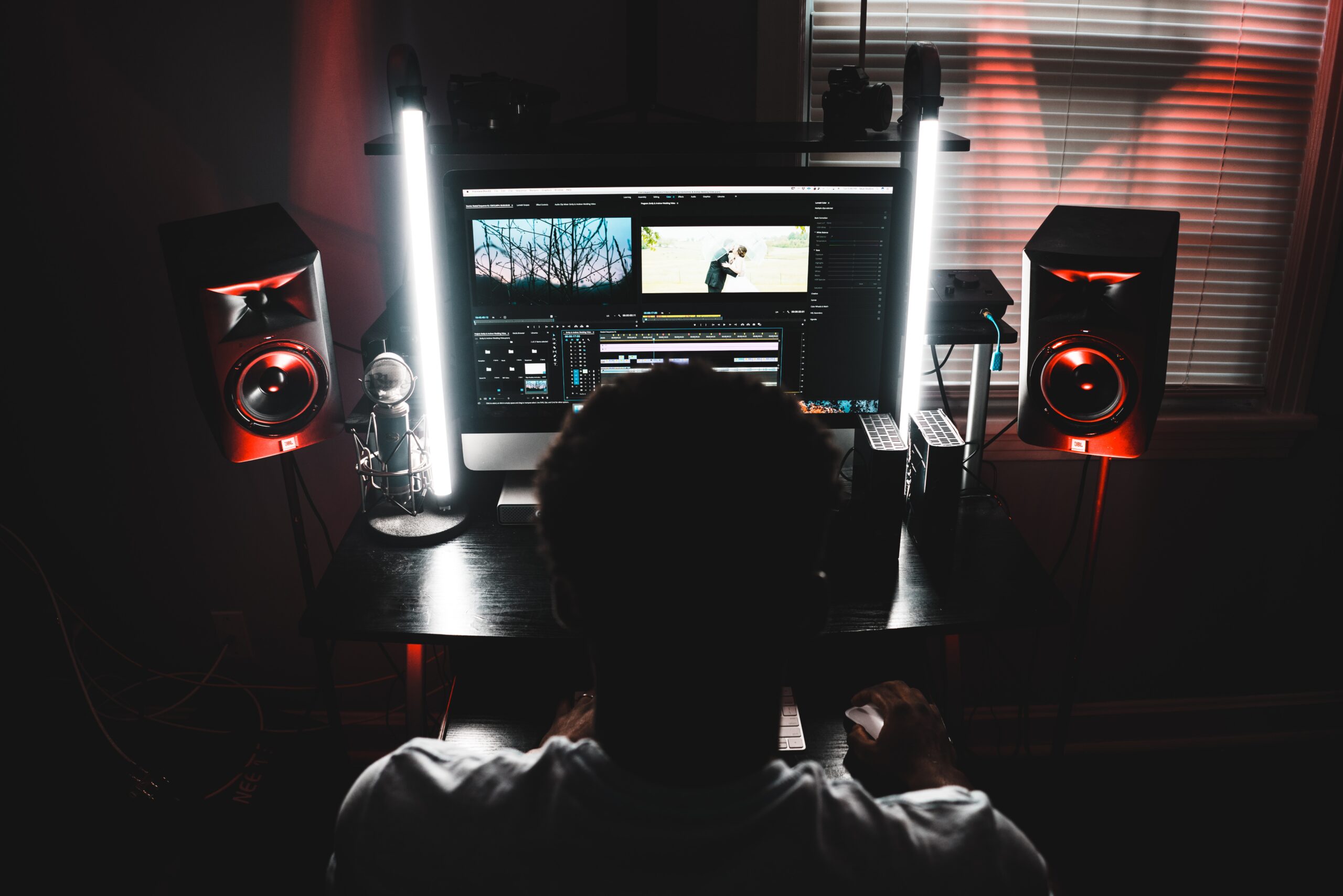
Conclusion
Every great filmmaker had a first film that wasn’t perfect but was able to show the abilities of the director. This is why many filmmakers recommend learning the filmmaking ropes by creating simple short films and not just by taking courses. Just follow the steps carefully and try to get creative. So if you have a special story in mind, start your first short film project today. And don’t worry, we promise you a helpful companionship.
